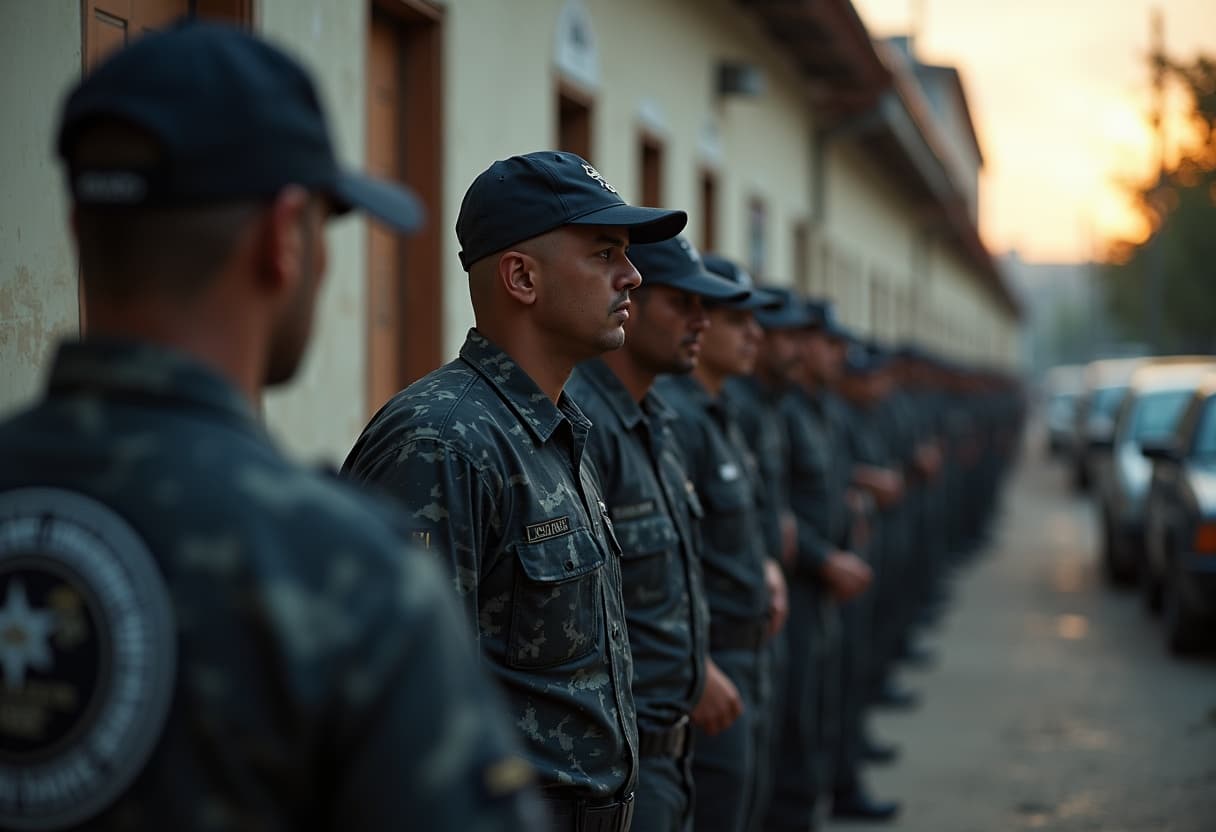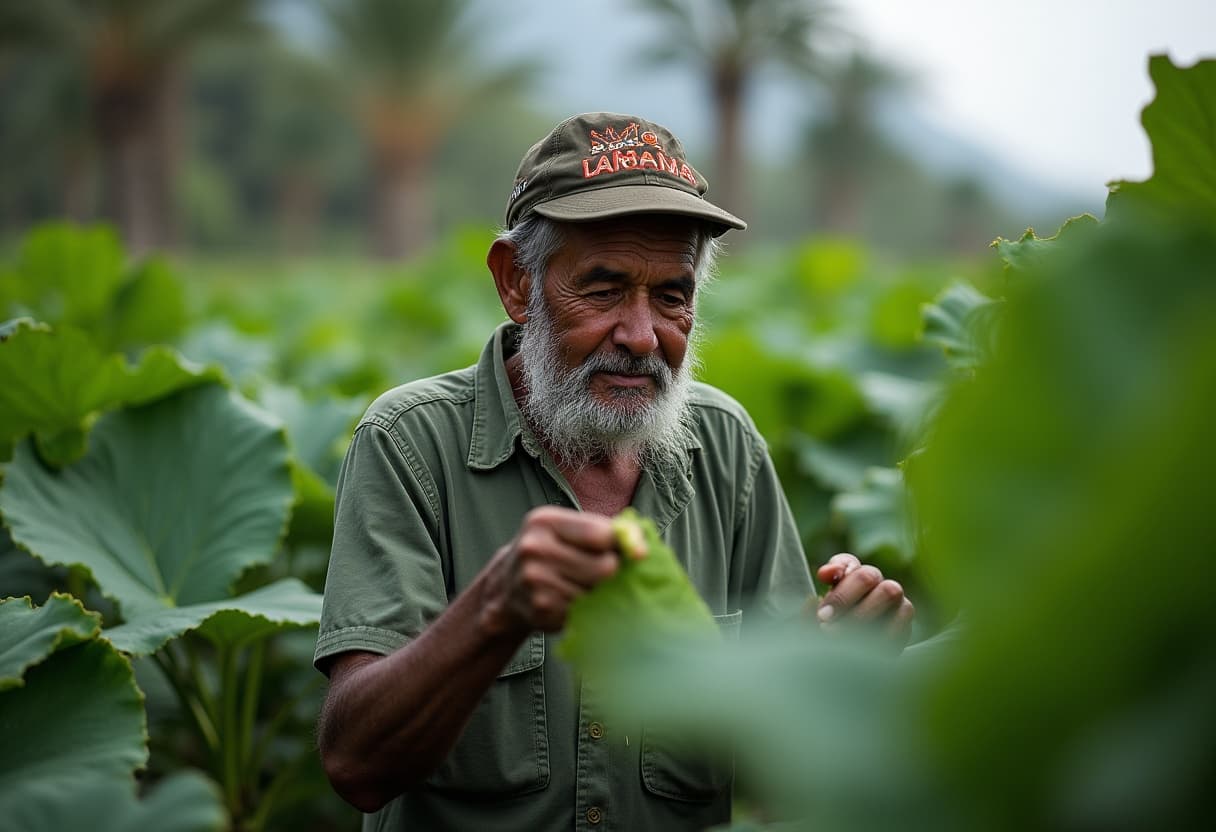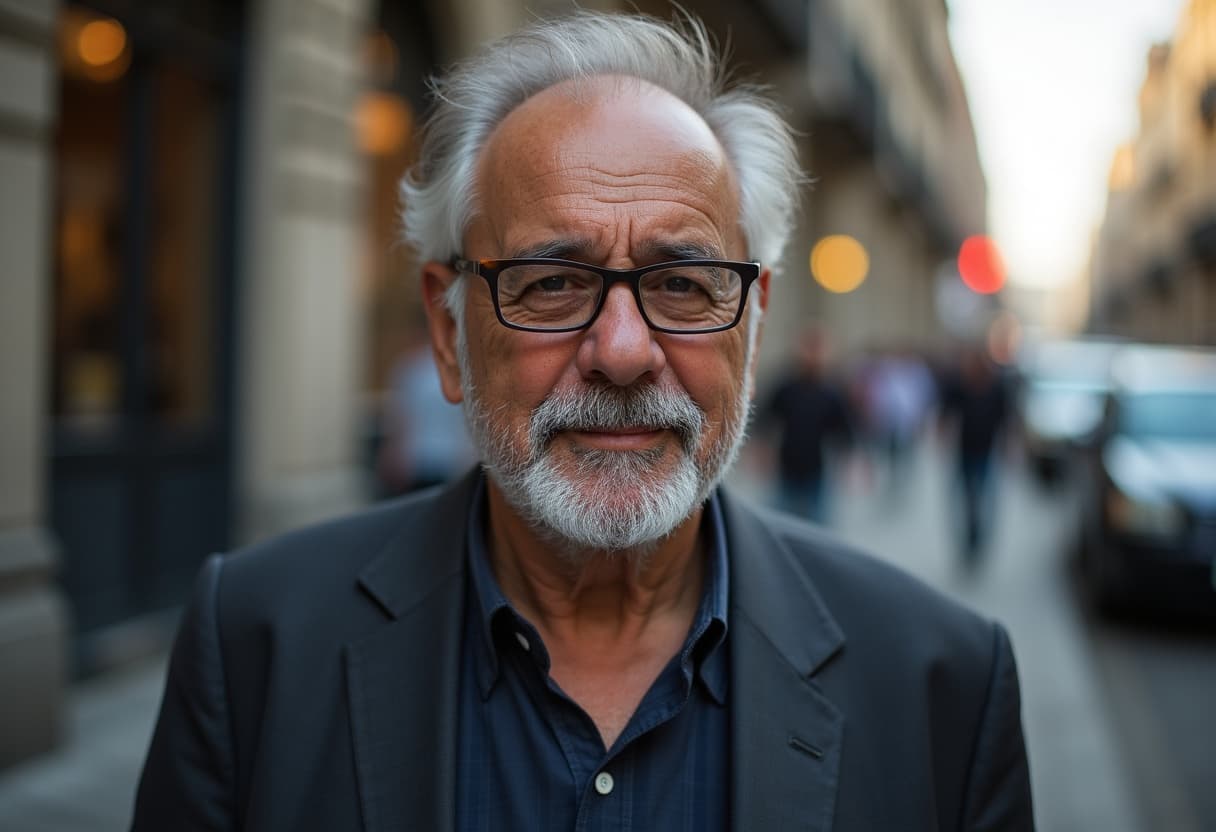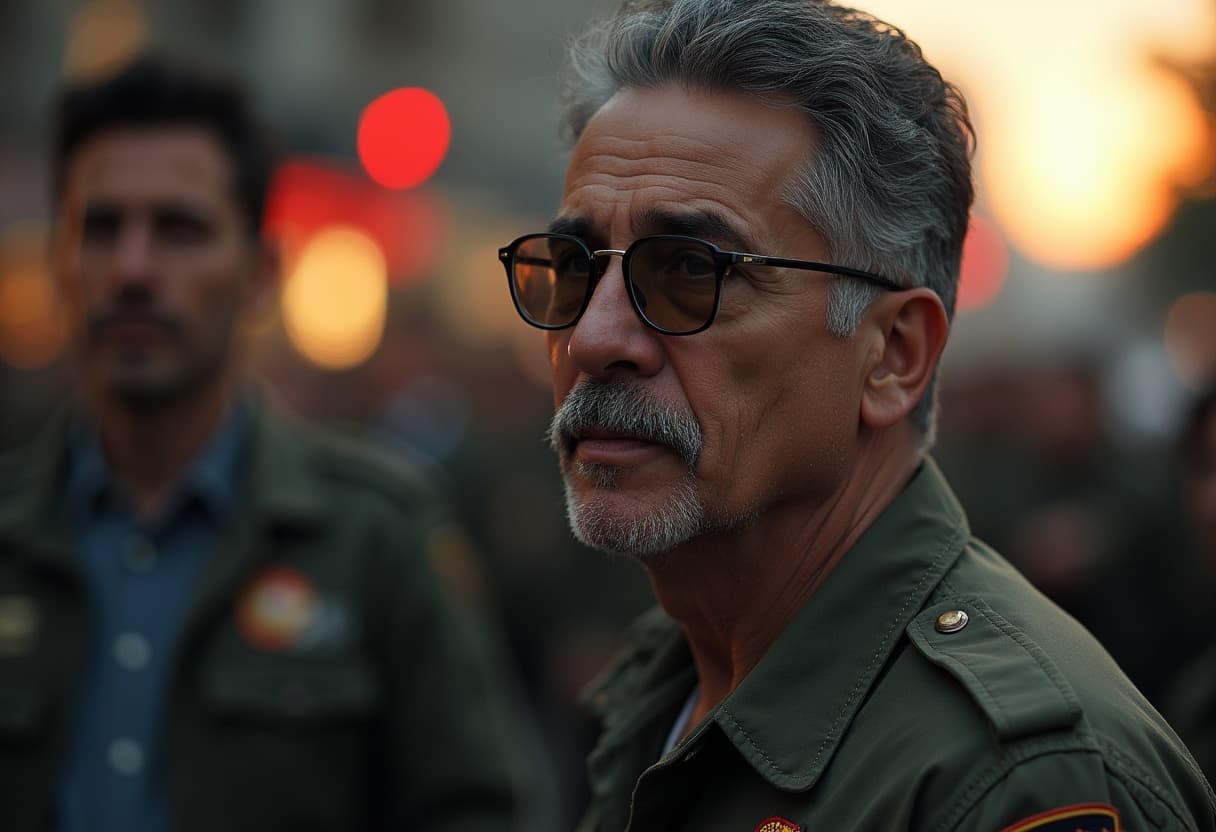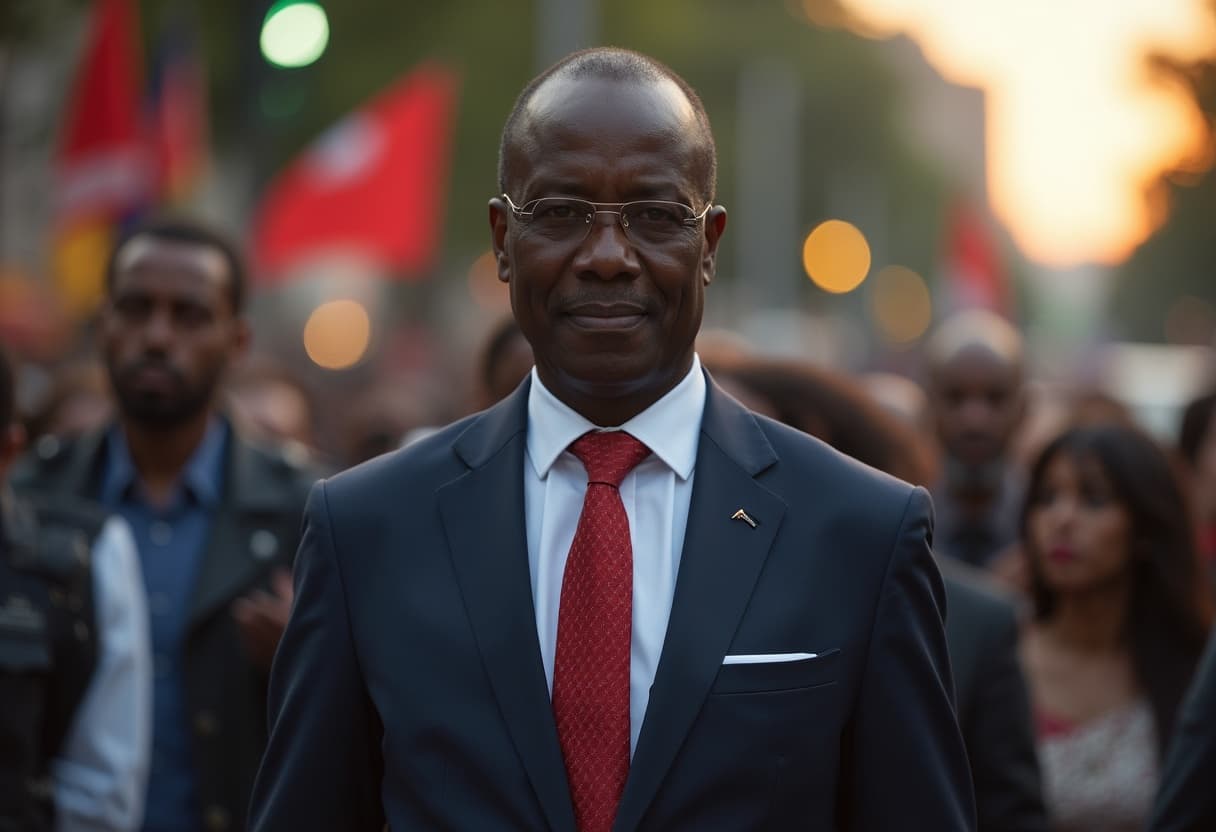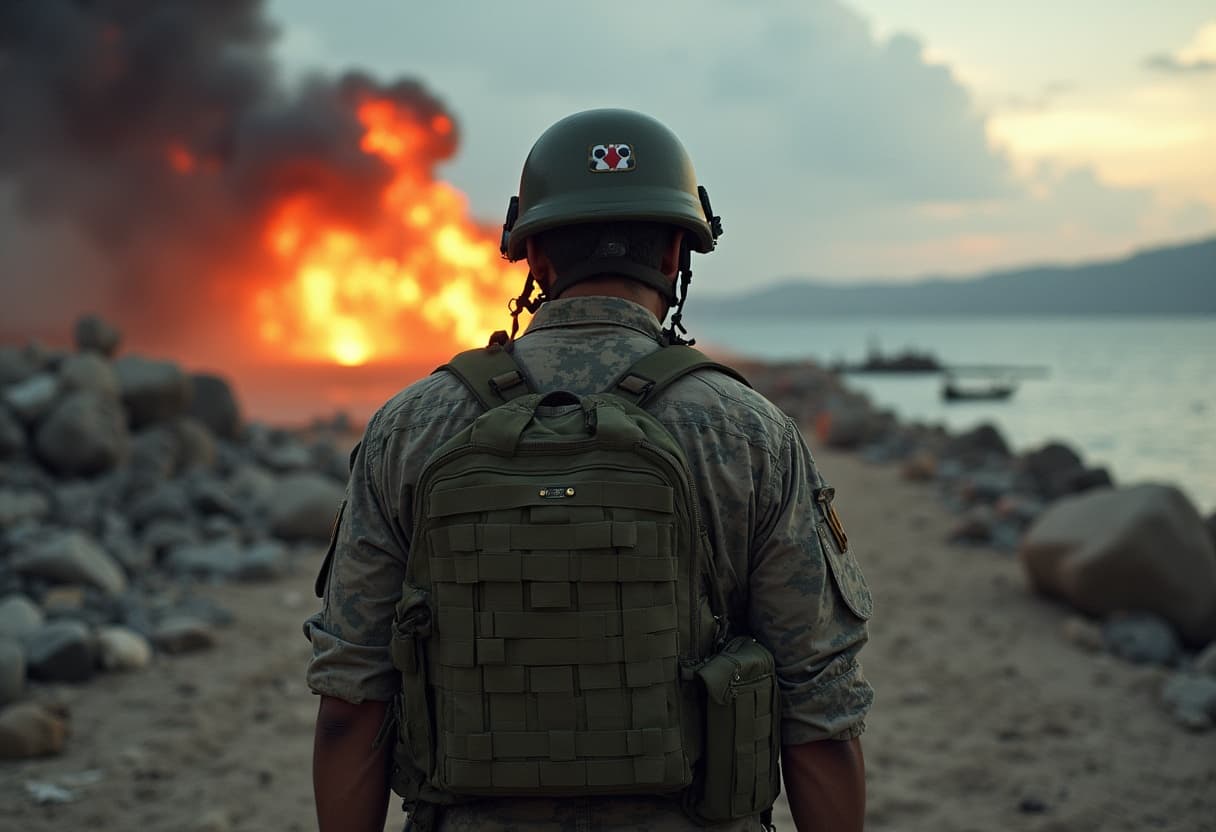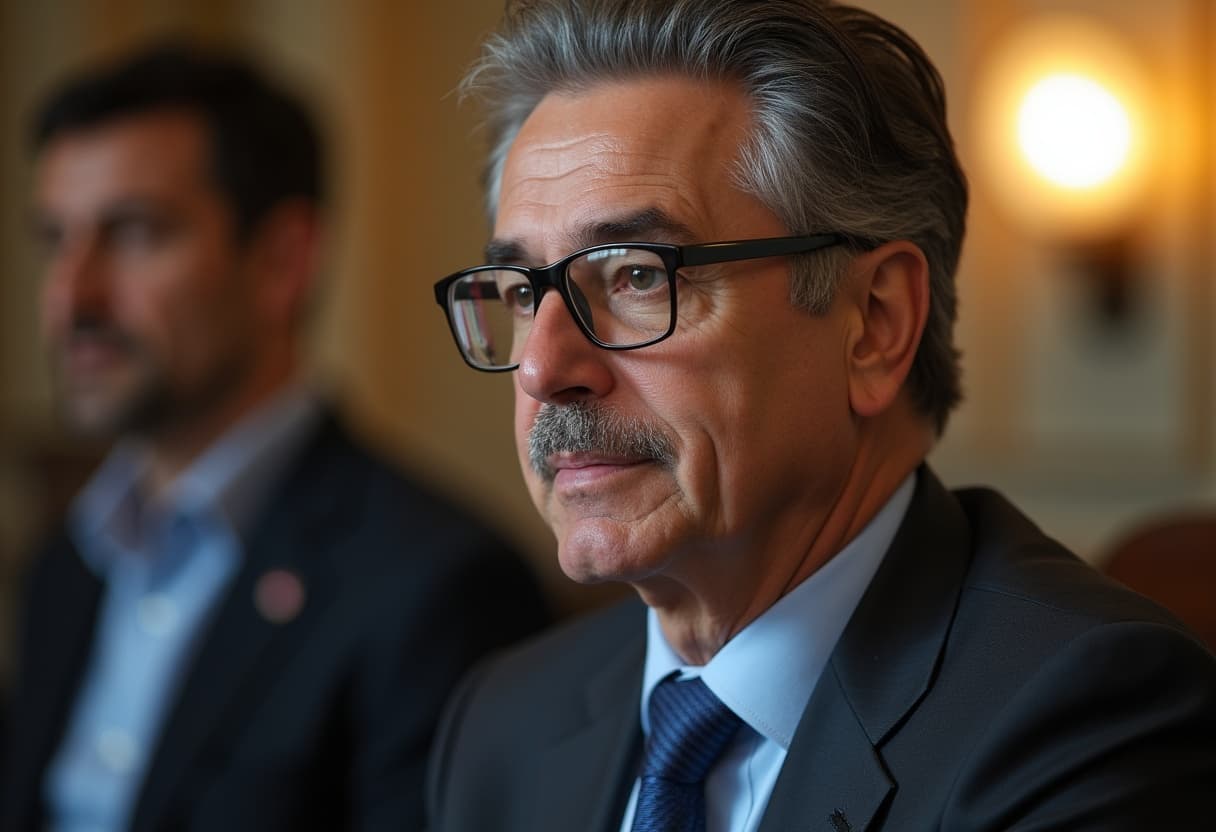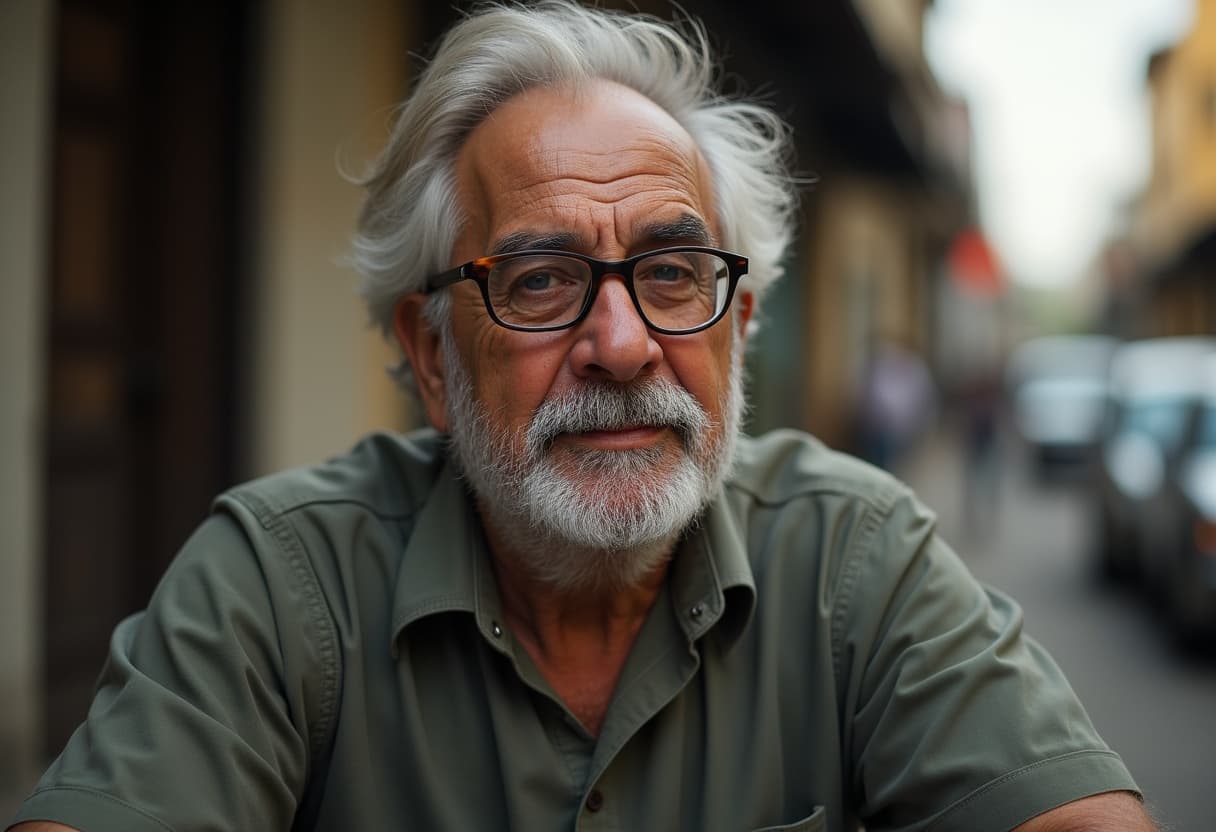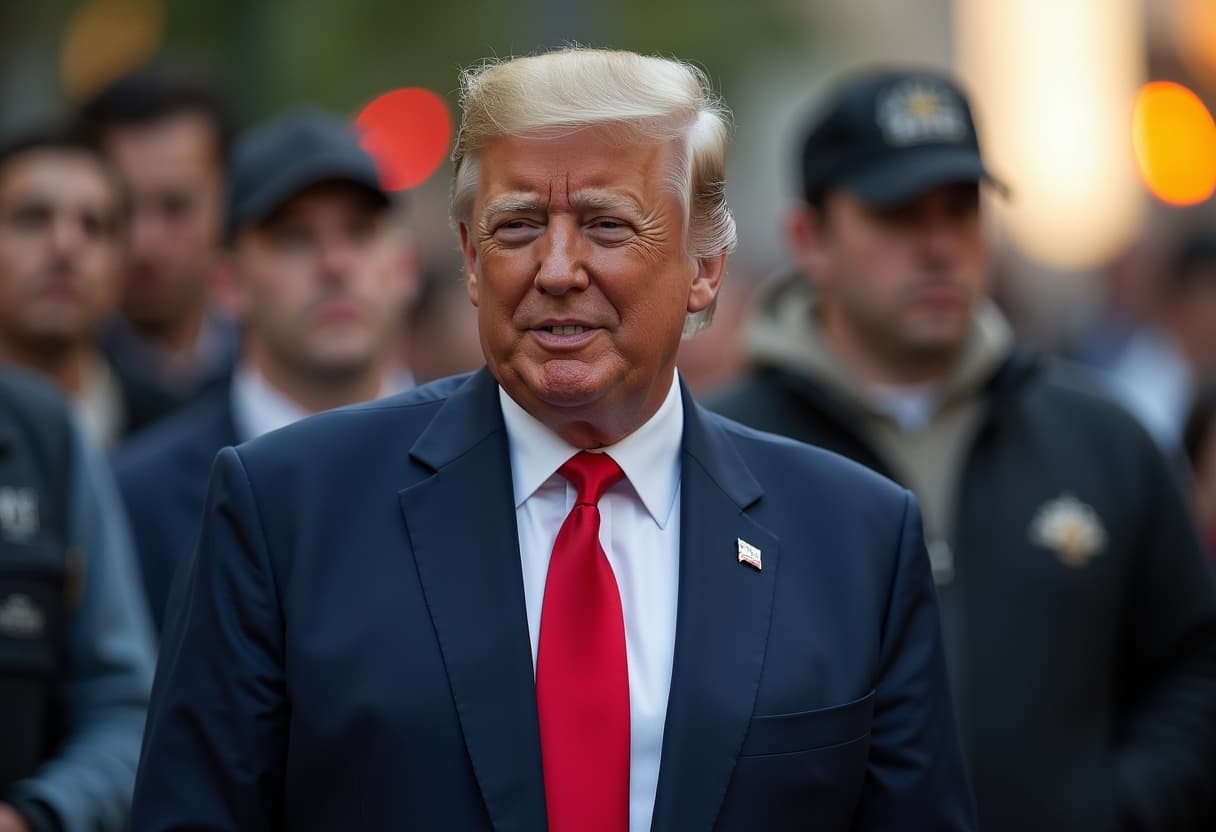Guatemala Turns to U.S. for Support After Major Prison Break
In a dramatic response to one of the most significant prison breaks in recent memory, Guatemalan President Bernardo Arévalo announced an ambitious plan to overhaul the nation's beleaguered prison system. This follows the escape of 20 inmates linked to the notorious Barrio 18 gang, considered one of the most dangerous criminal organizations in Central America.
The inmates vanished from Fraijanes II, a supposed maximum-security prison near Guatemala City, highlighting deep-rooted corruption and systemic failures in the country's penal institutions. The incident has not only ignited public outrage but has also prompted drastic political shakeups.
Joint Efforts Between Guatemala and the U.S. to Combat Gang Violence
President Arévalo emphasized in a national address that Guatemala is now partnering with U.S. security agencies like the FBI to strengthen its capacity to fight organized crime, signaling a new chapter of international collaboration. "We will have the support of the FBI and other United States security agencies, whose experience and technical capacity will strengthen our security systems and make our fight against organized crime more effective," Arévalo stated.
This cooperation reflects a broader, more strategic approach the U.S. government has taken in recent years to combat transnational gangs, particularly those like Barrio 18 and MS-13, which have been officially labeled as foreign terrorist organizations.
Why the Barrio 18 Gang Matters
Barrio 18, often overshadowed by the more infamous MS-13, wields significant influence across Central America. The gang's escalation into organized crime, drug trafficking, extortion, and violence has destabilized communities and strained national security. The Trump administration's recent designation of Barrio 18 as a terrorist group places it on par with some of the most dangerous criminal enterprises, highlighting the severity of the threat.
Experts note that such a designation not only helps target financing and criminal networks but also paves the way for increased international cooperation. The prison break is yet another stark reminder of the urgent need to disrupt gang operations embedded deeply inside penal institutions.
Systemic Failures and Political Consequences
The escape from Fraijanes II prison was reportedly undetected for several days, with inmates potentially slipping out individually or in pairs, evading biometric tracking. This glaring security lapse uncovered rampant corruption within the prison system, where bribery and collusion with gang members have long been alleged.
The immediate fallout has been severe: the head of the Guatemalan prison authority was dismissed, and several high-level officials, including Interior Minister Francisco Jiménez, were replaced. This highlights not only operational weaknesses but also the political ripple effects that such security breaches can trigger.
Building a New Maximum-Security Facility and Reforming Penal Practices
Among Arévalo’s responses is the proposal to construct a new state-of-the-art maximum-security prison designed to isolate and contain high-risk gang members more effectively. Experts argue this is essential, given the historical failures of existing facilities battered by corruption and inadequate resources.
However, building infrastructure alone will not suffice. Human rights organizations and policy analysts stress the need for comprehensive rehabilitation programs, transparency reforms, and improved training for prison personnel to dismantle the entrenched culture of gang control within the penal system.
Implications for U.S.-Central America Security Cooperation
This episode offers a poignant case study of cross-border challenges in addressing organized crime. For the United States, which has focused extensively on curbing gang violence affecting its southern border states, Guatemala’s call for assistance underscores the necessity of balanced, sustainable investment in the security institutions of partner nations.
It raises important questions about the long-term viability of militarized approaches and the critical role that governance, anti-corruption measures, and social programs must play in breaking the cycle of violence.
Editor’s Note
Guatemala’s prison break exposes not only security policy challenges but deeper societal ruptures fueled by corruption and organized crime. While U.S. involvement offers hope for technical upgrades and intelligence sharing, the path forward demands a holistic commitment to reform, transparency, and regional cooperation.
As this story evolves, it will be crucial to watch how these reforms impact gang operations, human rights conditions within prisons, and political accountability—both in Guatemala and across Central America—and what lessons the U.S. might draw for its own domestic anti-gang strategies.

